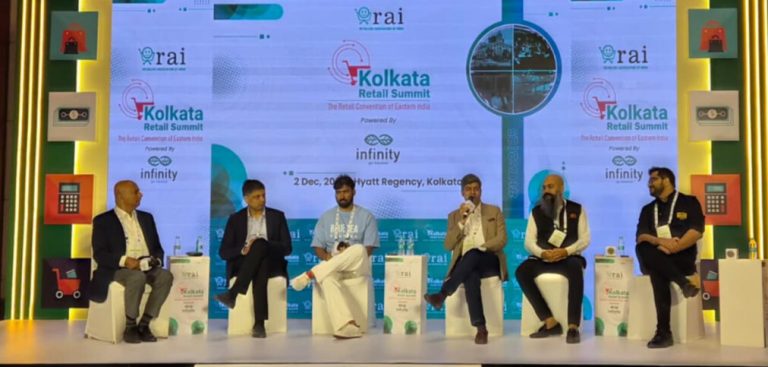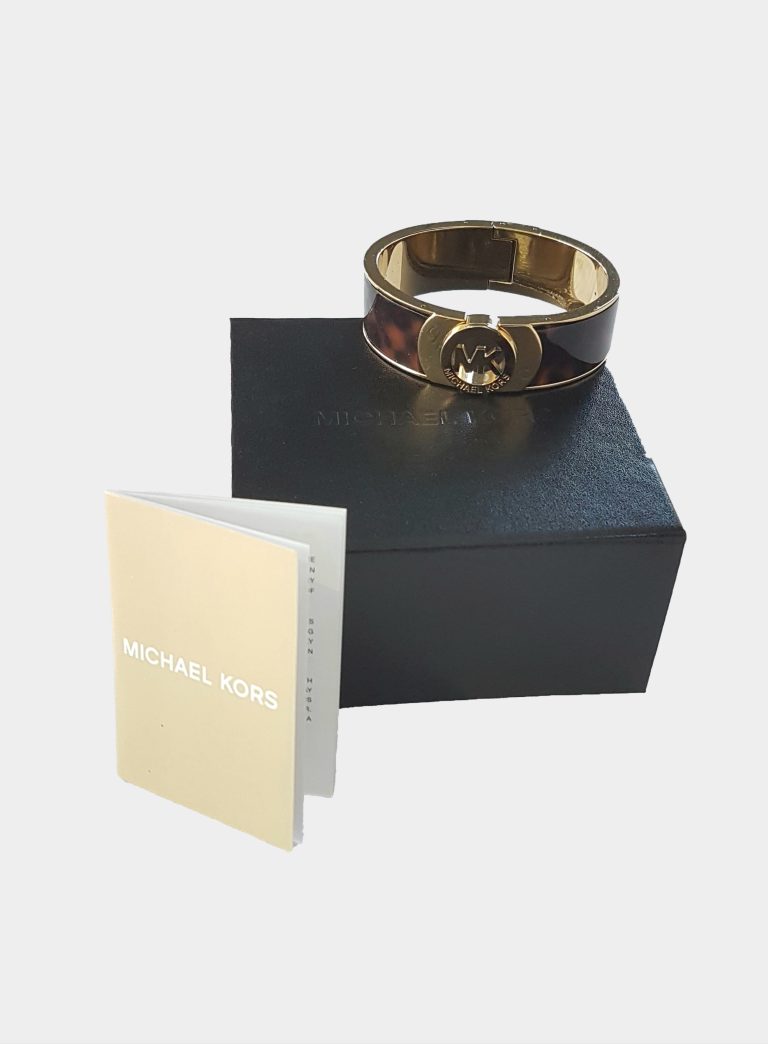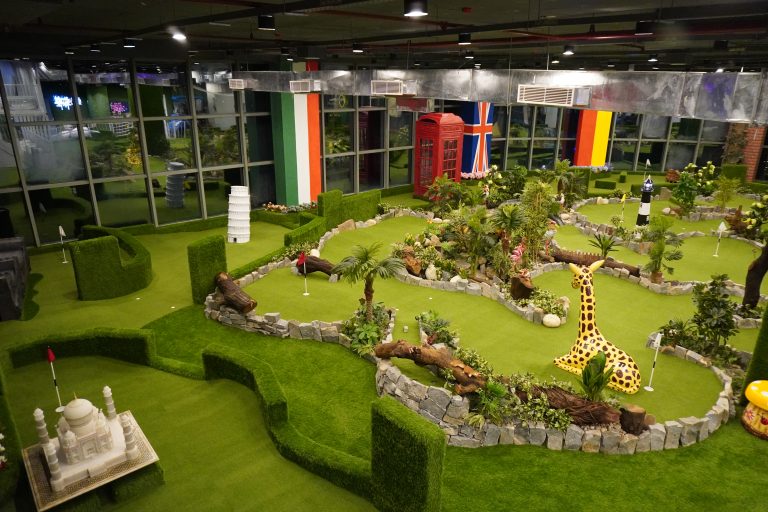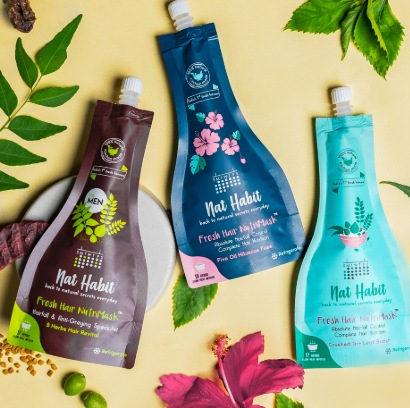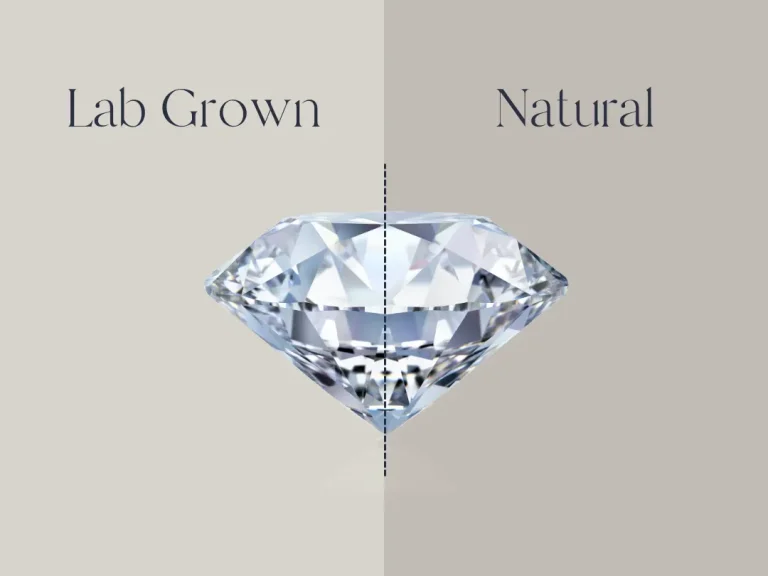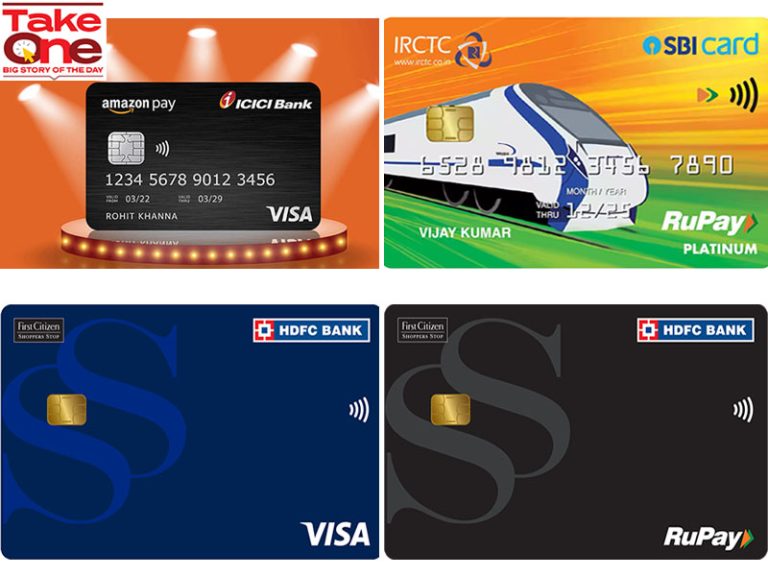It is no secret that sustainability is already one of the top priorities for retail and brands. Sustainability has leaped to the top of the agenda for retailers. The internet has led to new sales channels and new opportunities to reach out to customers, and globalization has opened markets and introduced new competitors. Then COVID-19 happened, rocking the industry to its core, as stores around the world closed and consumers had no choice but to order online.
FabIndia has launched and expanded a number of product lines which create clothing and homeware from recycled goods. FabIndia’s ‘Shunya’ line of rugs made from recycled PET (Polyethylene terephthalate) yarn. The brand has also incorporated the traditional ‘Gudri’ technique into its clothing collections.
EC Wheels India Private Limited (A subsidiary of Steelman Telecom Limited) launched its All-Electric App Cab service under the brand name Snap-E in line with an increasing need for environment friendly executive class electric cab services providing across the states of Eastern India.
Leather brand Kompanero are truly averse to synthetic materials and from their wall fixtures to cork material easel stands, canvas fabric for communication to biodegradable cloth dust bags for packaging, they have chosen sustainable materials.
But there is much more that can be done, by retailers, in the fight against climate change, excessive waste, negligent working conditions, etc. to achieve environmentally sustainable retailing:
- Energy-efficient equipment, lights and appliances: This is the basis of everything, because of its simplicity and the direct savings it brings. Replacing traditional light bulbs and lights with LEDs or CFLs is a must.
- Paper, less and less: The digitisation of the business also involves, although it sounds obvious, minimising the use of paper, opting for digital receipts and invoices, for example.
- Improving waste management: it is no longer just a legal obligation, but consumers around the world are increasingly looking at how businesses and brands dispose of waste. And, of course, how and to what extent they recycle.
- Eco-friendly packaging: The fight to reduce environmental impact also begins with materials, containers and packaging. It is also one of the best branding opportunities.
- Make the world a better place for your customers: It’s no longer just what you do as a retailer, but what you allow and let your customers do to reduce their impact. Consumers want to know that they are reducing their carbon footprint in their purchasing decisions. Not surprisingly, according to Forbes magazine, 88% of consumers want brands to help them reduce their carbon footprint.
In 2022, Zara promised to use 100% renewable energy in their own operations. In 2023 they promise to eliminate single-use plastics for customers. By 2025 they plan to introduce more sustainable 100% linen and sustainable or recycled polyester. By 2040 they promise to have zero net emissions.
While shopping on Amazon, customers can find the Climate Pledge Friendly label on eligible products, making it easier to discover and shop for more-sustainable products. To identify these products, they partner with a wide range of trusted and transparent external certifications.
Levi’s® is celebrating the 150th anniversary with sustainable plant-based jeans of the iconic Levi’s® 501®, a suite of products that show how new thinking and technologies can be applied to an age-old classic.
One of the most popular organic brands, Mamaearth is known to recycle and reduce its plastic usage and plant more than 2,000 mangroves and trees.
Ikea’s campaign ‘A Better World Starts at Home’ introduces products that are sustainable without compromising on style or comfort, from energy-saving items to those made from renewable, recyclable or recycled materials.
From a 150-year-old tea garden in Darjeeling, Dorje Teas have promised to bring you a perfect cup of tea with no essential oils and artificial additives.
Everyone, from big brands to small independents, is reassessing how they use packaging and where they can reduce their impact. It’s time, then, to explore how you can cut down on plastic in their own business and find more eco-friendly alternatives. With a growing number of consumers expressing interest in, and concern with sustainability, being green is not just an ethical choice for your retail brand – it is a smart business decision, too.

